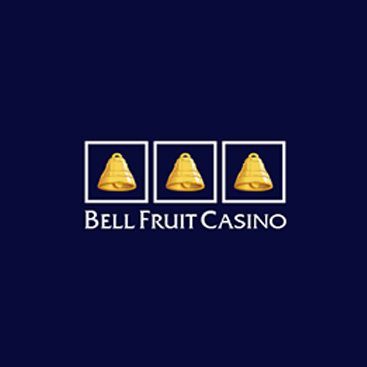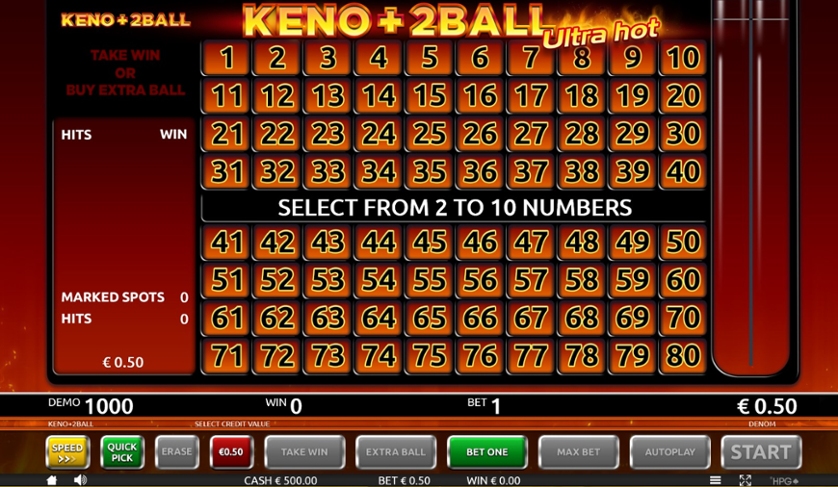. . .
Table of Contents
- Discover Plinko Free – Your Ultimate Guide to Playing and Winning
- Understanding the Basics of Plinko
- What is Plinko and How Does it Work?
- Key Terminology Every Player Should Know
- Strategies to Maximize Your Plinko Experience
- Choosing the Right Boards for Optimal Outcomes
Discover Plinko Free – Your Ultimate Guide to Playing and Winning
Engaging in the dynamic realm of chance-based games can prove both exhilarating and rewarding. This particular game combines elements of strategy and plinko luck, making it appealing to various audiences. Understanding the mechanics behind it can significantly enhance your experience and increase your potential returns.
Analyzing the structure is essential. Each round offers a variety of paths to navigate, thus impacting the outcome. The arrangement of pegs and the physics of the falling object play a critical role in determining where it will land. Taking note of these factors will allow you to make informed choices that could lead to favorable results.
Furthermore, setting clear objectives before participating can be beneficial. Whether aiming for entertainment or monetary gain, having a defined strategy will help streamline your focus and decision-making. It’s advantageous to evaluate previous rounds, as patterns and trends may emerge, providing insights into effective approaches.
Incorporating budget management is vital. Allocating a specific amount can prevent hasty decisions driven by emotion. Keeping track of your expenditures can ensure a more disciplined approach, which often leads to a more enjoyable experience in the long run.
In conclusion, mastering this engaging game requires both intellectual curiosity and practical know-how. Equip yourself with the right strategies, maintain a disciplined mindset, and immerse yourself in the excitement of the experience. The journey may very well lead to unexpected rewards.
Understanding the Basics of Plinko
The game consists of a large vertical board with a series of pegs and slots at the bottom. Players drop a disc from the top, navigating through the pegs, which create a random pathway to the scoring slots. Each slot has a different payout value, typically with higher values located on the edges and lower ones in the center. This design adds an element of unpredictability, contributing to the excitement.
Familiarity with the layout is essential for strategy development. The more comfortable a player becomes with the locations of scoring areas and the flow of the disc, the better the chances of achieving favorable outcomes. Players often analyze past results to identify patterns, though results remain inherently random.
Choosing the right moment to drop the disc is critical. Time intervals, such as player participation rates during peak hours, can impact the game’s dynamics. Some enthusiasts suggest experimenting with different strategies regarding the angle and timing of the drop to optimize results.
Setting a budget is crucial for maintaining control over gameplay. Establish clear limits to avoid excessive losses and ensure that the experience remains enjoyable. Sticking to a predefined amount helps in making more rational decisions while engaging with the game.
Understanding the odds of each drop can enhance satisfaction. Knowing that each slot carries a differing likelihood helps players adjust their expectations and strategies accordingly. Though random outcomes play a significant role, focusing on calculated choices will improve the overall approach.
Incorporating a mindfulness aspect can further enrich the experience. Engaging fully with the gameplay, rather than merely chasing rewards, allows for a more fulfilling interaction with the mechanics of the game. Appreciate the journey and sensations involved to maximize enjoyment while participating.
What is Plinko and How Does it Work?
This engaging game is characterized by a vertical board filled with pegs. Players drop a token from the top, allowing it to navigate through the pegs and eventually settle into one of several slots at the bottom, each representing different prize values. The outcome is largely based on chance, providing a mix of excitement and unpredictability.
The structure typically includes the following components:
- Pegboard: The arrangement of randomly placed pegs that create a maze-like effect for the descending token.
- Slots: Designated areas at the bottom offering various reward amounts, often marked with numerical values.
- Token: The object that players drop into the setup, influencing the game’s result based on its trajectory.
Understanding the mechanics is crucial for enhancing the experience:
- Drop Position: The spot from which the token is released can significantly affect its path. Experiment with different starting points for varied outcomes.
- Token Dynamics: The angle and velocity at which the token is released can alter its descent. Smooth drops yield better control.
- Prize Values: Familiarize yourself with the prize layout to strategize drops that target higher-value slots.
Ultimately, different strategies can be employed. Players often attempt to analyze bounce patterns or utilize technology to gain advantages. However, embracing the randomness while implementing personal strategies may enhance enjoyment and potential rewards.
Key Terminology Every Player Should Know
Understanding specific terminology can significantly enhance your experience. Familiarize yourself with the following terms to navigate the game efficiently:
| Drop Zone | The area where the puck or ball is released, initiating its descent through the pegs. |
| Pecking Order | The tiered levels that determine probability of landing on specific outcomes or rewards. |
| Multiplier | A coefficient that enhances the winnings based on the amount wagered or the specific peg landed on. |
| Chips | Game tokens or currency used for placing bets within the framework. |
| Winning Pegs | Specific positions where the puck can land, offering payouts or bonuses. |
| Return to Player (RTP) | The percentage that indicates the expected return on wagers over time, guiding players in their strategies. |
| Volatility | An assessment of risk; low volatility indicates frequent but smaller wins, while high volatility signifies rare but larger payouts. |
| Gameplay Mechanics | The rules and strategies that dictate how to engage successfully in terms of placing bets and predicting outcomes. |
Grasping these concepts enables players to make informed choices, ultimately elevating the gaming experience. Each term holds crucial significance in formulating an effective approach.
Strategies to Maximize Your Plinko Experience
To enhance your gaming session, consider understanding the mechanics behind the drop. Different positions on the board may yield varying outcomes. Experiment with different starting spots, as some are known for better returns based on observed patterns.
Allocate a specific bankroll for your gaming efforts. Establish a limit to ensure that you manage your funds effectively and do not exceed your pre-set amount. This approach fosters responsible play and can improve your enjoyment.
Observe the patterns and trends that emerge during gameplay. Keeping track of previous drops can provide valuable insights. While results are inherently random, spotting potential trends may offer guidance on future drops.
Engage with community forums or groups dedicated to this game. Experienced participants often share insights and strategies that can be beneficial in shaping your approach. Learning from others can offer new techniques and enhance your overall experience.
Timing can also influence your outcomes. Some players believe that participating during less crowded periods can both enhance concentration and possibly improve results. Experiment with different times to see if you notice a difference in performance.
Lastly, consider utilizing bonuses or promotions available on platforms offering this activity. Maximizing available offers can increase the amount of playtime you receive, thereby enhancing your engagement and providing more opportunities to try out various strategies.
Choosing the Right Boards for Optimal Outcomes
Selecting appropriate boards is crucial for success in this game of chance. Each board features a unique layout that affects the trajectory of the discs, influencing potential rewards.
When evaluating different boards, consider the following factors:
- Pin Configuration: Boards with a more complex pin setup can result in a wider range of outcomes. Experimenting with various pin patterns may reveal favorable pathways for your discs.
- Drop Zones: Analyze the placement of high-value drop zones. Choosing a board that emphasizes these areas can significantly enhance profit potential.
- Disc Weight: Some boards accommodate heavier discs which may alter their path, creating distinct opportunities. Test different weights to determine their impact on results.
- Board Size: Larger boards tend to offer more options for where the discs can land, often leading to unexpected wins. However, they can also introduce additional randomness, so balance risk and reward carefully.
Engaging with multiple boards in practice settings allows for a better understanding of their dynamics. Take notes on how each configuration influences the outcome. Jotting down observations can provide insights over time.
Ultimately, the choice of board should align with your individual strategies and desired experiences. By being selective and strategic, you can enhance your chances of favorable results in this engaging endeavor.











